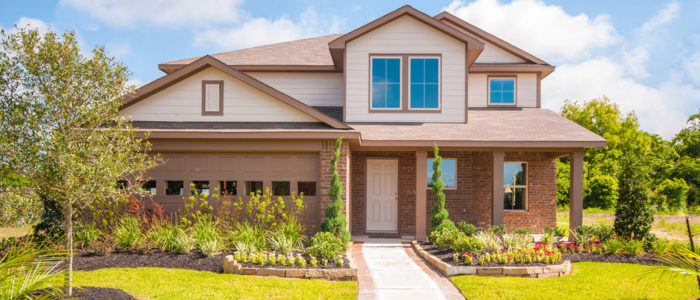Home Operation and Maintenance Lessons From a Cardboard Box
Houses are complex systems that few home improvement contractors understand and John Tooley, a home performance expert, can prove it using a cardboard box.
Tooley is a pioneer of diagnostic home analysis and makes thousands of dollars from homebuilders and trade contractors who don’t understand why the homes they build have problems. Serious problems. Comfort problems like sweltering hot rooms in the summer that turn freezing cold in the winter. Home durability problems like high humidity, dangerous mold and rotting wood. Indoor air quality problems from carbon monoxide, radon and chemicals.

Building science expert John Tooley uses a cardboard box to demonstrate building science principles using a cardboard box “house” Tuesday at Nexus Energy Center in Huntsville.
He investigated one home that grew a new crop of mushrooms from the siding every morning. Then there was a whole neighborhood of homes where water puddles sprang up inside laundry room dryers every afternoon – forcing homeowners to run the dryers empty just to dry the puddles. “I knew what the problem was before I got off the phone,” said Tooley during an AlabamaWISE contractor training this week at Nexus Energy Center.
AlabamaWISE contractors are certified building analysts and Tooley’s building science training was continuing education in evaluating the “house as a system” of essential components. He demonstrated key concepts using a cardboard box model equipped with two operable windows, a heat source, and a chimney.
“You must understand how modifying one essential part of a building will impact the entire system.” Holding a small smoke generator over the chimney, Tooley opened the second floor window of the box house, causing smoke to flow down the chimney and into the home, demonstrating a potentially deadly scenario for building occupants. The danger is carbon monoxide poisoning when an operating furnace or water heater back-drafts into the living space. Every home with gas appliances or attached garage needs a carbon monoxide detector.
The home performance concepts are relatively simple in theory when demonstrated with a cardboard box. In real homes, the cause and effect relationships can be exceedingly complex. After the classroom training, Tooley led the field training in advanced diagnostics with blower door and thermal camera to identify massive leaks in the duct system, holes in the building structure and insulation missing from attics, walls and floors.

AlabamaWISE contractors learn advance diagnostic techniques for evaluating duct leaks that waste energy and pull soil gas in from the crawl space.

John Tooley (center) is a pioneer of performance testing homes with a blower door (right) to evaluate air leakage. This test is now required by the state building code for all new homes.
The essential parts of a home system are the structure and thermal enclosure, the mechanical systems, the surrounding environment, and the occupants. Occupants have a huge impact on home performance and contractors are required to include occupant behavior in the home analysis. Occupants open windows, block duct registers, forget to replace air filters, cook, grow plants, raise children, store chemicals,
AlabamaWISE contractors may specialize in independent diagnostics and performance assessments, or construction trades including heating and air conditioning or insulation and air sealing, or windows and siding, but all of them are committed to integrated systems thinking when it comes to home improvements that are safe and effective.


Comments are closed.